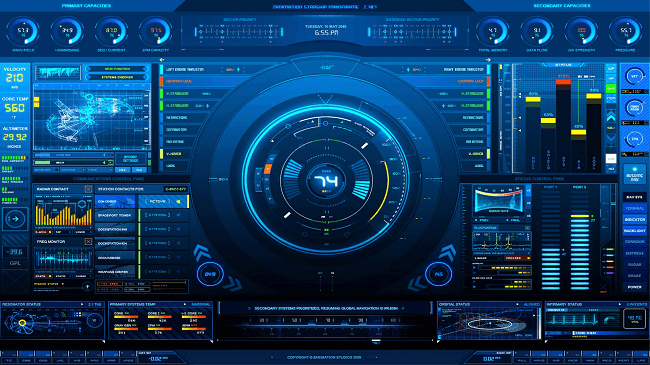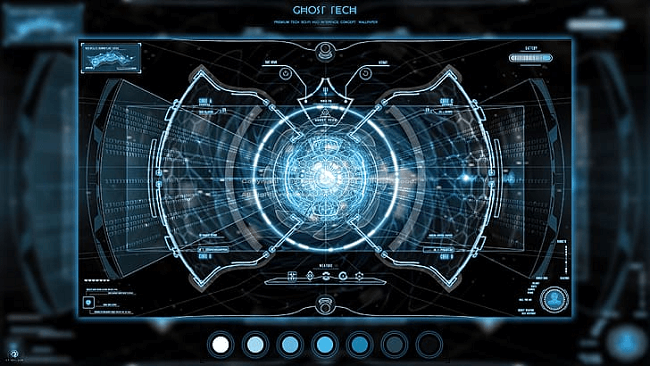GUIFormat Crack Tool For Hard Disk Latest Version Download
Tool for SD Card, USB Disk, and Hard Drive Latest Version Free Download GUIFormat Crack
GUIFormat is a free partition format program downloaded from Ridge Crop for Windows, categorized as a hard disk formatter. fat32 format gui is available as freeware for 32-bit and 64-bit Windows operating systems on laptops and desktops. fat32format GUI 1.0.1.0 is available for all Windows users to download for free. You can download either x86 or x64 builds of the fat32 gui formatter. However, the x86 build works fine on both x86 and x64 and you should use it.

Overview of GUIFormat:
However, GUIFormat is a simple fat32 formatter tool with a graphical interface. Easy to use without installation. After downloading, people will get a compressed package, which they have to unzip to get the guiformat.exe file. Double-click the guiformat.exe file to launch the FAT32 Format program. To format a drive to the FAT32 file system, simply select the drive letter, click the Start button, and finally click the OK button to begin formatting. The tool will start formatting the drive and a few seconds later, users will have a fat32-gui-formatted drive.
In addition, an editor has tested the download on a PC and compiled a list of features here. To help you understand the user interface and demonstrate the general functionality and use of this format partitioning program, we have also produced some screenshots of the FAT32 GUI. As of 2013, if the devices you need to copy files between support exFAT or NTFS, FAT32 support is probably more widespread and reliable on non-PC devices that support them. You can choose not to install a filesystem driver on the PC, but in my experience, third-party FSDs tend to cause BSODs because they are difficult to write to Windows.
Key Features of the GUI Format:
- Control the size of the allocation unit. On formatted partitions, adjust the cluster size for best file allocation.
- Automatic detection: For simple formatting, connected storage devices are automatically detected.
- Suitable for a range of storage mediums: Use the FAT32 format to format memory cards, USB drives, and other storage devices.
- View details about the disk: Before formatting, view comprehensive device information.
- Error Handling: Keep an eye out for and address any mistakes that might crop up during formatting.
- FAT32 formatting: Use the FAT32 file system to format storage devices for improved compatibility.
- File System Verification: Verify the integrity of the FAT32 file system on your storage devices.
- Low resource consumption: Format storage devices efficiently without excessive resource usage.
- Multiple device support: Format multiple storage devices simultaneously to save time.
- Partition Selection: Select a specific partition or device to format.
- Quick format: Perform quick format operations on storage devices.
- User-friendly interface: it is easy to navigate the software thanks to its intuitive and user-friendly design.
- Customize Volume Labels: Assign custom labels to your formatted partitions for better organization.
Screenshots:


What’s new:
- Data Entry: A graphical representation of a calendar that allows you to enter a date into a form by clicking on the desired date in the calendar.
- Open the calendar in the date fields using the LOV icon or via the menu under Edit, List of Values.
- Folders are special blocks that allow you to show only the fields that interest you.
- Arrange the fields to best suit your needs. If you open a folder, you can specify the query parameters to automatically call the records you need. Sort in any order that suits your needs.
System Requirements of GUIFormat:
- Operating system: Most modern versions of Windows.
- Minimum disk space: Less than 10 Mb for program files.
- Recommended minimum screen resolution: 1024 x 768
Memory is allocated dynamically and depends on the size of the data sets. The software does not impose its own memory limits, although it is currently unable to read in more than 36,156 or output more than 1,128 longitudes, stations, or series, and occasional memory allocation problems can cause the program to crash if large datasets are used. There may be problems opening files that are longer than 8192 characters. This limit is compiler-dependent. We are currently looking into ways to remove or at least expand this limit.
How to use GUIFormat:
The format is developed by Ridgecrop Consultants Ltd. You can download the 32-bit or 64-bit version of FAT32Format.
Then follow the steps below to format the drive to FAT32.
- Although, Double-click the FAT32Format.exe file. It will start immediately.
- Click the Drive drop-down menu and select the drive you want to format.
- However, Click the Allocation Unit Size drop-down menu and select the desired cluster size for the unit. Available allocation unit sizes are 512 bytes, 1024 bytes (1KB), 2014 bytes (2KB), 4096 bytes (4KB), 8192 bytes (8KB), 16384 bytes (16KB), 32768 bytes (32KB), and 65536 bytes (654KB).
- Add volume label (optional).
- Although, Make sure Quick Format is selected. It will take a long time to format your document if this option is not checked.
- Click the Start button.
GUI Formatter—MiniTool Partition Wizard:
MiniTool Partition Wizard is a professional disk partitioning and management tool. In addition, MiniTool Partition Wizard can not only exceed the FAT32 32GB size limit but also move partitions, convert MBR disks to GPT disks without data loss, safely erase hard disks, migrate OS, clone hard disks, recover deleted or lost partitions and data, and so on. Here’s how to format a drive to FAT32 using the MiniTool Partition Wizard.
- Step 1: Run the MiniTool Partition Wizard. Right-click the partition and select Format from the context menu.
- Step 2: In the Format Partition window, expand the File System drop-down menu and select FAT32.
- Step 3: Expand the Cluster Size drop-down menu and select one of your choices. Then click OK.
- Step 4: Finally, click Apply to start the pending operation.
Conclusion:
The fat32 gui format replaced the cryptic and difficult text-based interfaces of earlier computers with a relatively intuitive system that made operating a computer not only easier to learn but also more enjoyable and natural. The GUI is now a standard computer interface, and its components have themselves become unmistakable cultural artifacts.
